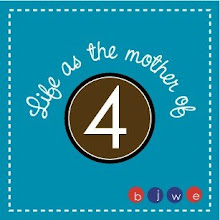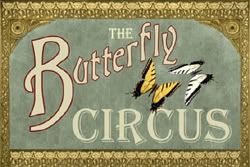Part of the debate over vaccine safety involves public relations and we have allowed ourselves to be labeled “anti-vaccine” rather than defining what we are actually advocating for. It’s inaccurate and polarizing to accept the label of “Anti-Vaccine.”
Is it anti-vaccine to call for safer vaccines?
Is it anti-vaccine to say that your child has been injured by one?
Is it anti-vaccine to ask the government to further test products, they mandate children receive, if questions about safety are raised?
Is it anti-vaccine to analyze the risks verses the benefits when deciding to vaccinate?
Is it anti-vaccine to point out
If a vaccine causes severe life-long damage in a previously healthy, normal child, is it anti-vaccine to be angry and consider the “cure” more damaging than the disease you tried to prevent?
Is it anti-vaccine to point out that no one has studied the safety of giving multiple vaccines (polio, DTaP, Hep B, MMR) at the same time?
Is it anti-vaccine to notice that medical professionals rarely link adverse events to vaccines even if they occur within minutes or hours of the shot?
Is it anti-vaccine to notice that vaccines sometimes cause side effects? Or, is it just anti-vaccine to talk about them?
Inherent in the argument it is “anti-vaccine” to mention vaccines have side effects, or that some diseases are more dangerous than others or that risk factors differ between people is the premise that people are too stupid, ill-informed or irrational to make their own decisions and need to be told what to do. I disagree. I think people are smart enough to see value in vaccines. We deserve to be told the truth, especially the risks because ultimately, we as parents bear the responsibility of taking care of the child damaged by a vaccine.
I’ve noticed that parents who demand access to VAERS data, who question accepted “knowledge”, and parents or doctors who mention dangerous additives or bring up common reactions, become the enemy. The medical professions’ reaction is to metaphorically circle the wagons. They mention that the numbers of pharmaceutical companies are dwindling, implying that the shrinkage is due to the lack of profit in the manufacture of vaccines rather than to buyouts and mergers. They assert that making vaccines are unprofitable; well, yes, if one considers a product that is used only a few times in a lifetime to be less profitable than a drug that is used daily. The reality is vaccines are profitable for both pharmaceutical companies and doctors. The proponents of vaccinating at any cost combine first world disease statistics with third world statistics even though the risk factors are dramatically different. In the
The CDC seems to fear that a change in the vaccination schedule, a recall of a vaccine or an admission that further studies are warranted will lead to wide spread rejection of vaccinations. I don’t believe it will. Quite frankly, most people do not pay a lot of attention to vaccines. Many parents trust their child’s pediatrician. And people understand that drugs have side-effects.
The Safe Vaccine Movement believes that it is reasonable to consider risk factors when vaccinating and that size-one-fits-all strategies can be dangerous to individuals. When the medical profession chooses the “herd” over an individual child, parents have an obligation to their child to put their child’s individual needs first. We believe that when questions of additional risks or potential problems are raised the government and medical profession have an obligation to objectively study the safety of the products they recommend and require to be used.
Vaccines are not such a weak product that a problem with a few or the potential to trigger autism in a susceptible population will lead to the abandonment of vaccines as preventative medicine. Parents want to protect their children. We’d rather they receive a vaccine and have immunity from a disease then have them suffer from the disease, but not at any cost.
Penicillin has saved many lives since it was discovered but some people are allergic to it. It is still widely used despite its adverse effects on some people. Vaccines, like the antibiotic penicillin, would continue to be used even if the government and pharmaceutical companies concede that vaccines can trigger autism in a susceptible group.
The common reactions of denying there is a problem, covering up potential problems with faulty data and refusing to fund studies into environmental triggers have only led to acrimony and distrust. We have become increasingly effective at convincing our friends and family that vaccines are one of the environmental triggers for autism and, sadly, more families join our ranks daily. We raise our voices in alarm because the number of children developing autism has risen dramatically. We feel an obligation to warn others and protect children. And that is why you can’t shut us up.
And you can’t label us any longer either; well, at least not “anti-vaccine.” The time is past for us to choose our own label. A label that is coherent with what we are advocating for – and make no mistake, we are advocating for safer vaccines!






